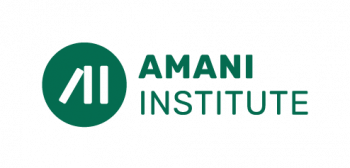Interview in PICNIC: Social Entrepreneurship, Innovation and the Amani Institute
April 4, 2013
We were delighted to be interviewed this week by PICNIC. In their own words, PICNIC is the Dutch-based “leading European platform for innovation and creativity. We function as an incubator and accelerator for game changing ideas, concepts, products and services. Through our activities, we address the mega trends of our time.”
Click here to read the interview on the PICNIC website, where we discuss the difference between social innovation and entrepreneurship, some of our favorite social entrepreneurs, the problems in higher education, and more about our work. Excerpted below is one of the questions of the interview, but please head on over to PICNIC to read more. See you there!
What are the shortcomings of current education and training programs and how is Amani trying to solve them?
The core purpose of higher education is to foster intellectual learning, research and study. Universities were never meant to be places of job preparation so it’s no surprise that they don’t do that part so well. But in today’s world, more than 95% of people who attend universities do not seek careers in academia so universities excel at serving roughly 5% of their market. This is not a new finding – everyone from The Economist to McKinsey to Institute for the Future have completed studies reporting on this for the general economy. However, the problem is even more stark for the social sector where we do not have the equivalent of a medical or law or business degree, for work that is harder than all of those fields. In our own recent study, the State of Talent Development for the Social Sector, which was covered by Fast Company, the results were the same. The things that universities do well – analytical training, academic research- aren’t valued highly by employers and what employers look for – problem-solving initiative, leadership, real-world experience – aren’t things universities are well equipped to do.





